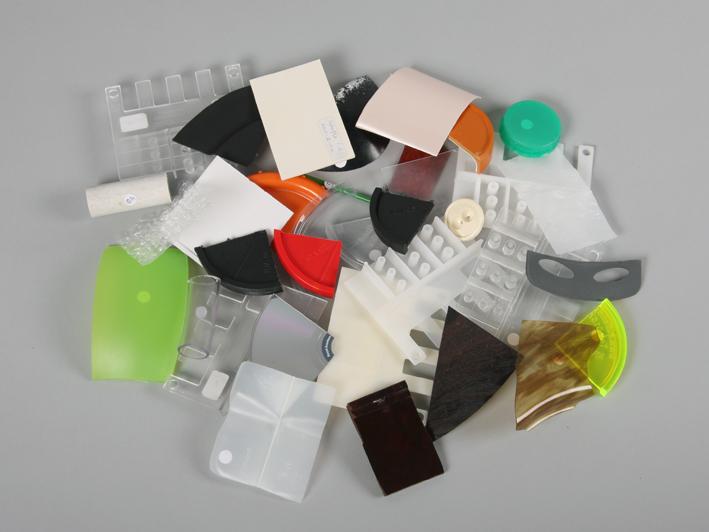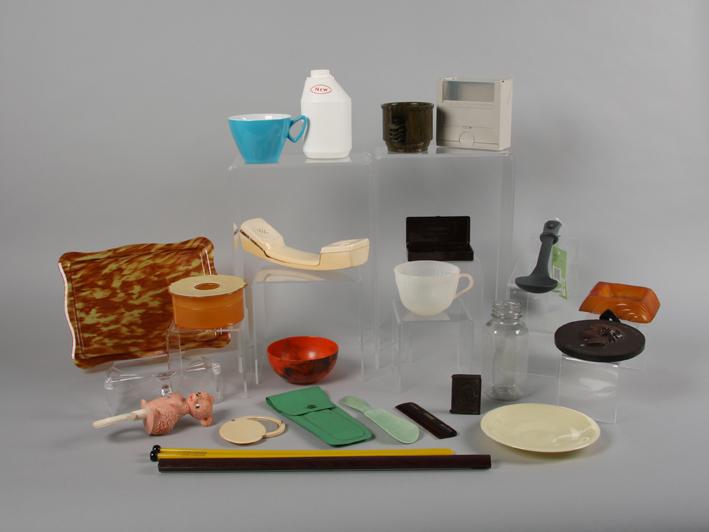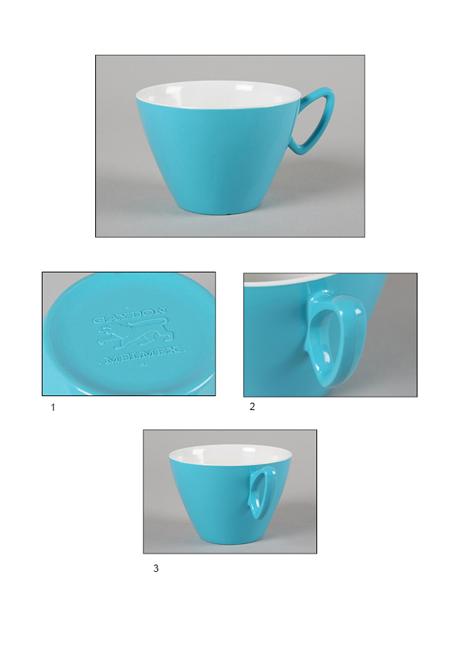The Travelling toolkit focuses on the types of synthetic and semi-synthetic plastics most often found in museum collections excluding textiles. It includes the same materials as listed in the introduction to the Identification route map. It draws on information contained in the more comprehensive A curator's guide to plastics, which includes information about the care of plastics. A bibliography is available here and useful links here. It can be used by individuals but is particularly suited to group activity: the discussion group-working engenders is especially valuable.
The toolkit's methodology is one of engaging with the look, feel, smell and sometimes sound, of different plastics with the help of identified plastics samples and 24 objects made of a range of materials by a variety of manufacturing processes.


The samples and objects are accompanied by texts, which can be downloaded as PDFs at the bottom of the page.
Additionally each object is accompanied by a laminated sheet. One side bears images focused on characteristics of the object that provide clues to how it was made and /or the material used to make it. The purpose of the images is as a prompt to looking: they are as important as a means of sign-posting to the particular characteristic on the actual object as for what the image shows. This is an example:

The details draw your eye to the maker's mark, the mould seam on the handle, and the shininess of the material. On the other side of the sheet, it is explained how these details and the absence of other clues suggest that the object has been compression moulded in melamine formaldehyde.
